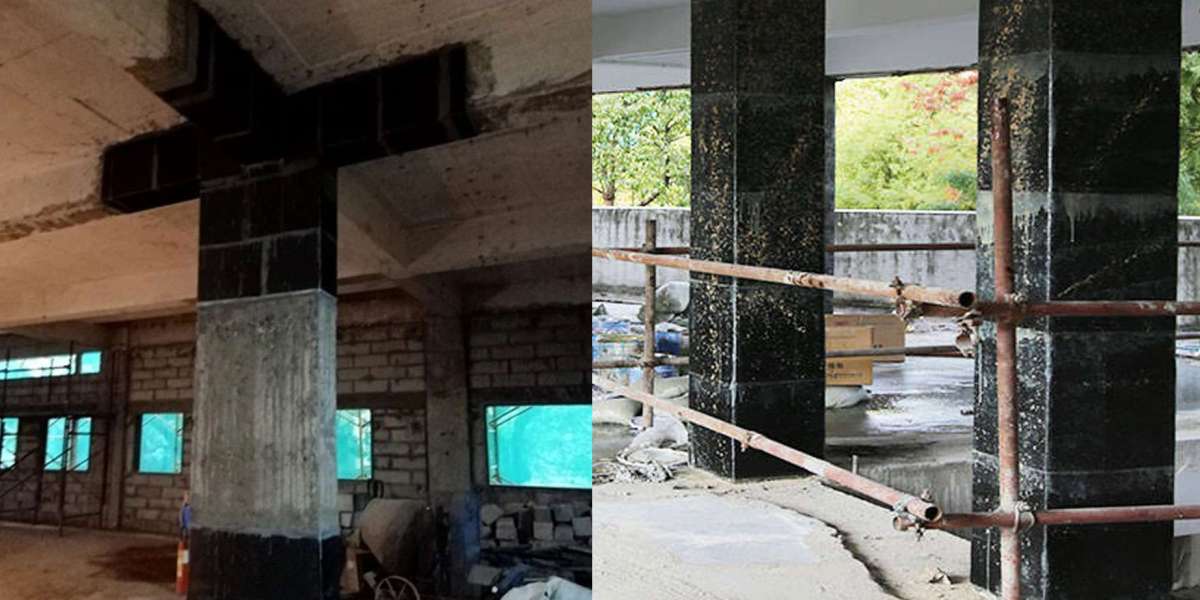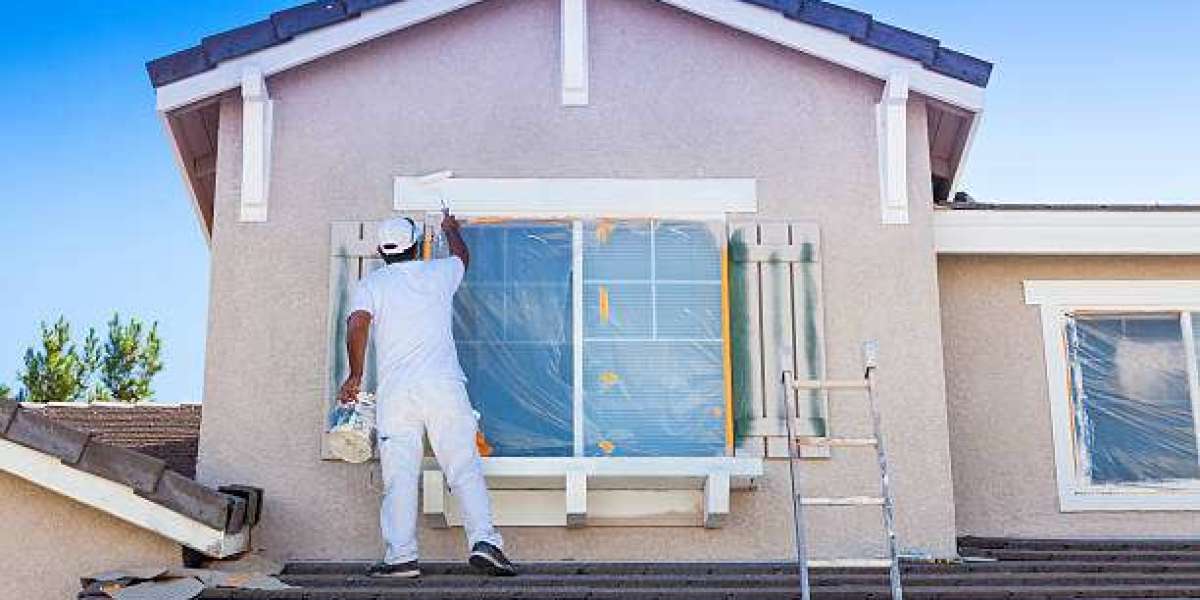In the ever-evolving construction and infrastructure industry, the need for advanced, durable, and cost-effective structural strengthening methods is greater than ever. One such breakthrough solution is carbon fiber column strengthening, a technique that has revolutionized the way engineers approach structural rehabilitation and retrofitting. This method uses high-strength, lightweight carbon fiber reinforced polymer (CFRP) materials to wrap and reinforce concrete columns, significantly enhancing their load-bearing capacity and seismic resistance. As buildings and infrastructure age or are subjected to increased load demands, the integrity of critical components like columns can be compromised. Traditional strengthening techniques often involve bulky steel jacketing or complete structural replacement, both of which are expensive, time-consuming, and disruptive. In contrast, carbon fiber column strengthening offers a minimally invasive, efficient, and long-lasting solution. It not only restores but often exceeds the original strength of the structure, extending its service life while maintaining architectural integrity.
The science behind carbon fiber column strengthening lies in the unique properties of carbon fiber itself. Carbon fiber is a composite material known for its exceptional tensile strength, corrosion resistance, and lightweight characteristics. When bonded to a concrete surface with a strong epoxy adhesive, it forms a continuous wrap around the column, confining the concrete core. This confinement improves the column's behavior under axial and lateral loads, significantly boosting its compressive strength and ductility. Moreover, the high stiffness-to-weight ratio of carbon fiber allows the strengthening system to perform under high stress without adding substantial weight to the structure. This is especially important in seismic zones where flexibility and energy dissipation are critical to a building’s performance during earthquakes. The enhanced ductility provided by carbon fiber column strengthening ensures that the structure can withstand seismic forces without catastrophic failure. Additionally, carbon fiber’s resistance to chemicals, moisture, and environmental degradation makes it ideal for harsh and corrosive environments such as industrial plants, coastal areas, and wastewater treatment facilities.
From high-rise buildings and bridges to heritage structures and commercial complexes, the applications of carbon fiber column strengthening are extensive and versatile. The method is particularly suitable for retrofitting older structures that were not built to current building codes, allowing them to meet modern safety and performance standards without the need for complete reconstruction. Installation is quick and minimally disruptive, requiring no heavy machinery or large-scale demolition. This not only reduces labor and material costs but also minimizes downtime for operational buildings. Gubbi Civil Engineers, a leader in structural rehabilitation, employs industry-certified techniques and premium carbon fiber materials to ensure optimal performance and durability in every project. Their expertise in carbon fiber column strengthening allows clients to achieve long-term structural stability, reduced maintenance costs, and enhanced safety. As infrastructure continues to age and safety regulations tighten, the demand for reliable, high-performance solutions like this will only increase. Investing in carbon fiber technology today is a smart, future-proof strategy for building owners, contractors, and engineers seeking to preserve and enhance the structural integrity of vital assets for decades to come.


